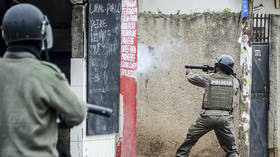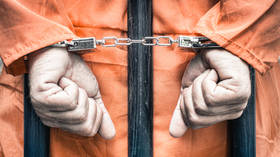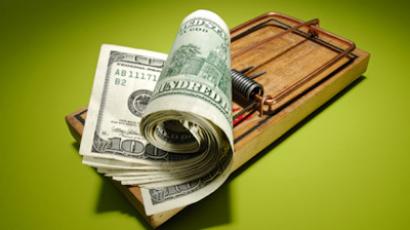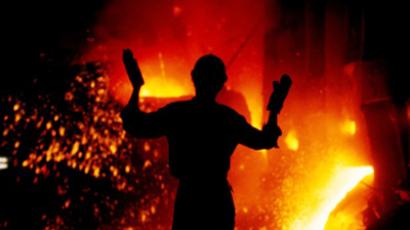Import surge has economists warning on rouble
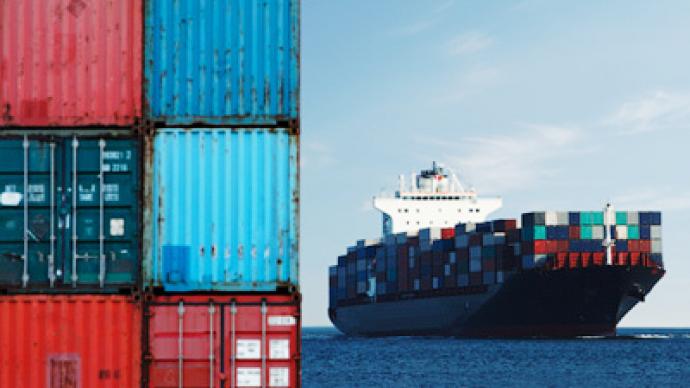
Russian imports from non-CIS countries rose 5.3% month on month in October to $19.9 billion, making for a 36.9% year on year increase. Analysts say the surge is undermining rouble sentiment.
Russian imports were worth $155.54 billion of goods from non-CIS countries in 9 month period, according to the Federal Customs Service. Rising imports have reduced Russia’s current account surplus from over $33 billion in 1Q 2010 to less than $9 billion in 3Q 2010. UniCredit economist, Vladimir Osakovsky says the surge is weakening sentiment towards the Russian currency“The main reason for the rouble’s unusual weakness over the past several weeks was import activity acceleration.”The foreign trade turnover increased by 35.1% over the 9 months in January –September year on year to $458.5 billion according to the Federal Customs Service. The trade surplus was $125.651 billion compared to $91.583 billion dollars between January – September 2009. Valery Mironov, chief economist at the Center for Development says the apparent surge in imports reflects a low base effect from the downturn of 2008 and 2009.“Nowadays we can compare the trade surplus curve with one of 2008, when exports fell sharply. In the first quarter of 2010 from $ 33 billion, whereas in the third quarter exports declined to $10 billion. Therefore, the current rise in imports can be attributed to another and the effect of a low base as well as preliminary and incomplete nature of the data.”The recent data shows that food imports, up a robust 9.4% month on month, were a key driver of import expansion along with grain imports rising by 47.5% year on year, and milk 107.6% year on year. Unicredit’s Osakovsky says this reflects the impact of the summer heatwave.“This summer’s severe drought strongly contributed to the deterioration of the trade surplus.”Osakovsky also adds that the rise in imports and diminishing current account surplus is likely to lead to a less stable rouble.“We believe the continued expansion of imports in October might suggest that Russia’s trade and current account surpluses continued to deteriorate which, if true, could add pressure to the rouble. Rising imports were the main reason for Russia’s rapidly shrinking trade and current account surpluses – we see the surpluses as the key fundamental for ruble stability.”Renaissance Capital economist, Anton Nikitin, also sees greater rouble volatility, but with some scope for appreciation of the Russian currency in the near future, as the role of capital flows takes on a greater significance than the current account. “The current account surplus is not the key point. Inflows of Foreign Exchange from the current account surplus have always been the major fundamental support for rouble appreciation. As such, Central Bank of Russia purchases of Foreign exchange in the market were the main providers of liquidity to the banking system. As such, it has not been the case since 1Q 2010 as Bank of Russia has not been purchasing Foreign Exchange on the open market in the volumes it was before then. Moreover, a traditional Russian economic feature is a negative capital account, hence, we have got used to not dealing with this while the current account has been in surplus. For now it is becoming a new reality: to pay more attention to capital flows, which are quite volatile.Because rising imports result in a depreciation of current account surplus, capital flows start to play significant role. Due to their volatile nature, the rouble could experience significant volatility in the future, hence, moving further to the floating exchange rate regime. However, this is not a question of 2010-11 when current account would be in material surplus. We suggest that rouble have some tendency to appreciate at least in 4Q 2010-1Q 2011.”






